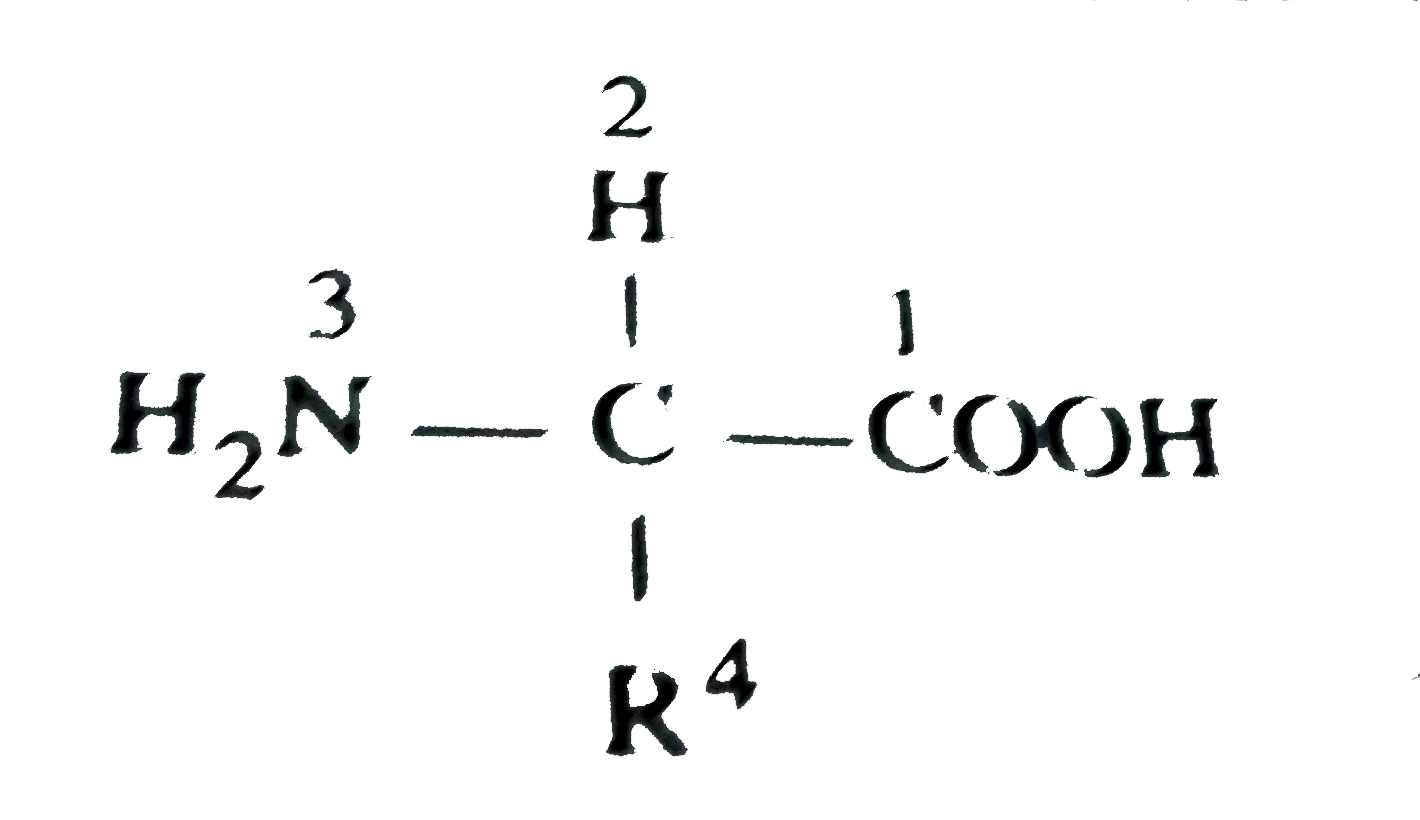What is the nature of bond formed between Cs and F?
Covalent
Ionic
Coordinate
Metallic
To determine the nature of the bond formed between cesium (Cs) and fluorine (F), we can follow these steps:
1. Identify the Elements:
- Cesium (Cs) is an alkali metal located in Group 1 of the periodic table.
- Fluorine (F) is a halogen located in Group 17 of the periodic table.
2. Determine Electronegativity:
- Cesium has a low electronegativity because it is electropositive.
- Fluorine has a very high electronegativity, being the most electronegative element in the periodic table.
3. Evaluate the Electronegativity Difference:
- The difference in electronegativity between cesium and fluorine is significant. This large difference indicates that cesium will readily lose an electron while fluorine will readily gain an electron.
4. Electron Transfer:
- Cesium will transfer one electron to fluorine. This results in cesium becoming a positively charged ion (Cs⁺) and fluorine becoming a negatively charged ion (F⁻).
5. Formation of Ions:
- The transfer of an electron leads to the formation of two oppositely charged ions: Cs⁺ and F⁻.
6. Bond Formation:
- The oppositely charged ions (Cs⁺ and F⁻) will attract each other due to electrostatic forces. This attraction leads to the formation of a bond.
7. Type of Bond:
- Since the bond is formed between two ions due to the electrostatic attraction, it is classified as an ionic bond (also known as an electrovalent bond).
Conclusion:
The nature of the bond formed between cesium (Cs) and fluorine (F) is an ionic bond.
---
- Cesium (Cs) is an alkali metal located in Group 1 of the periodic table.
- Fluorine (F) is a halogen located in Group 17 of the periodic table.
- Cesium has a low electronegativity because it is electropositive.
- Fluorine has a very high electronegativity, being the most electronegative element in the periodic table.
- The difference in electronegativity between cesium and fluorine is significant. This large difference indicates that cesium will readily lose an electron while fluorine will readily gain an electron.
- Cesium will transfer one electron to fluorine. This results in cesium becoming a positively charged ion (Cs⁺) and fluorine becoming a negatively charged ion (F⁻).
- The transfer of an electron leads to the formation of two oppositely charged ions: Cs⁺ and F⁻.
- The oppositely charged ions (Cs⁺ and F⁻) will attract each other due to electrostatic forces. This attraction leads to the formation of a bond.
- Since the bond is formed between two ions due to the electrostatic attraction, it is classified as an ionic bond (also known as an electrovalent bond).
The nature of the bond formed between cesium (Cs) and fluorine (F) is an ionic bond.
Similar Questions
Knowledge Check
What is the nature of the bond between B and O in (C2H5)2OBH3
ACovalentBCo-ordinate covalentCIonic bondDBanana shaped bondWhat is the nature of the bond between B and O in (C2H5)2OBF3?
ACovalentBCoordinate covalentCIonic bondDBanana shaped bondThe nature of bond formed between NH3andBF3 is
AcovalentBco-ordinateCionicDNone of these
What happen when the bond formed between an enzyme and an inhibitor is a strong covalent bond ?
View SolutionThe nature of bond between NH3andBF3 is
View SolutionIn the clathrates of xenon with water, the nature of bonding between xenon and water molecule is:
View SolutionIn the clathrates of xenon with water, the nature of bonding between xenon and water molecule is:
View SolutionIn the clathrates of xenon with water, the nature of bonding between xenon and water molecule is:
View Solution

